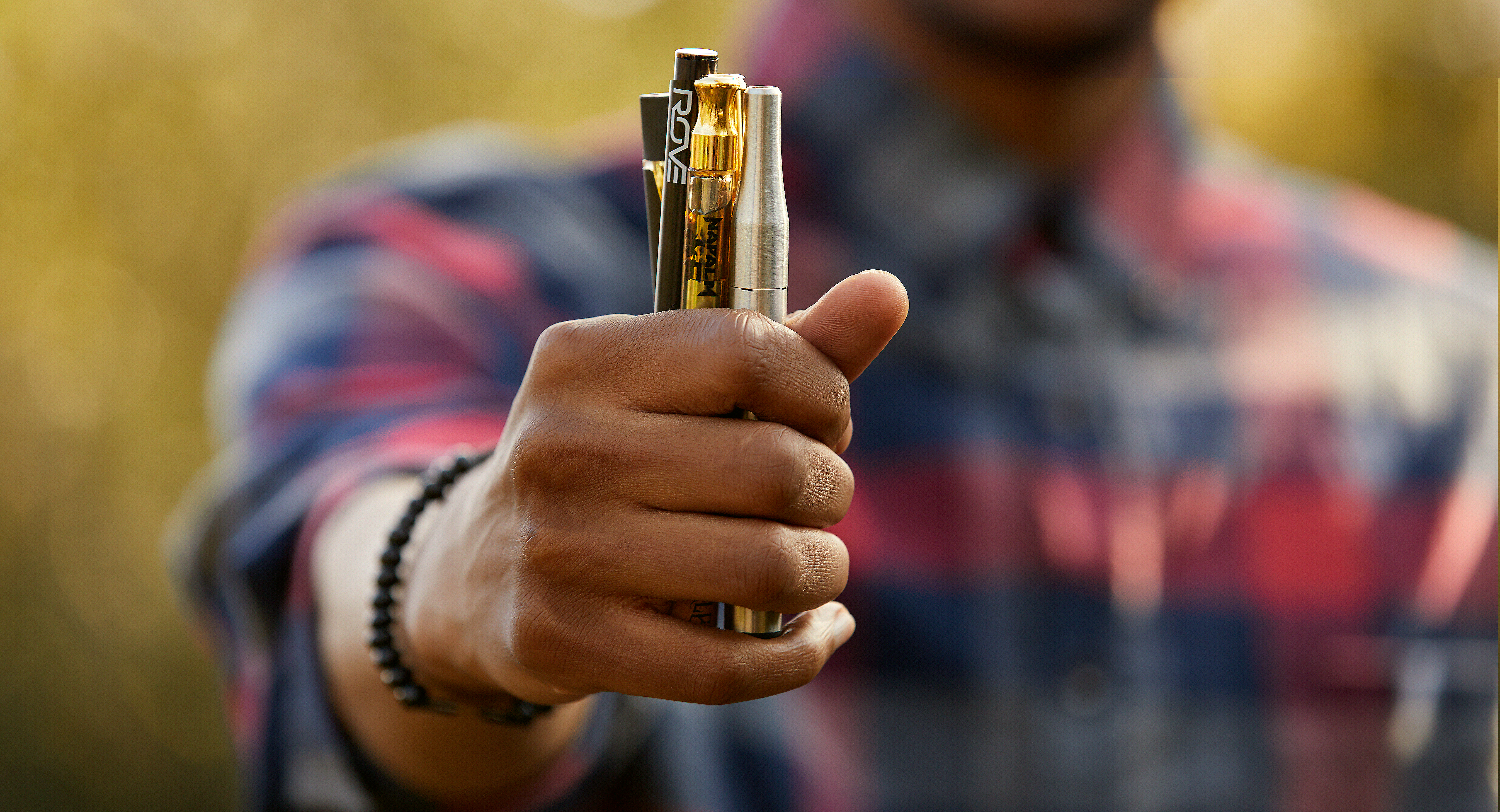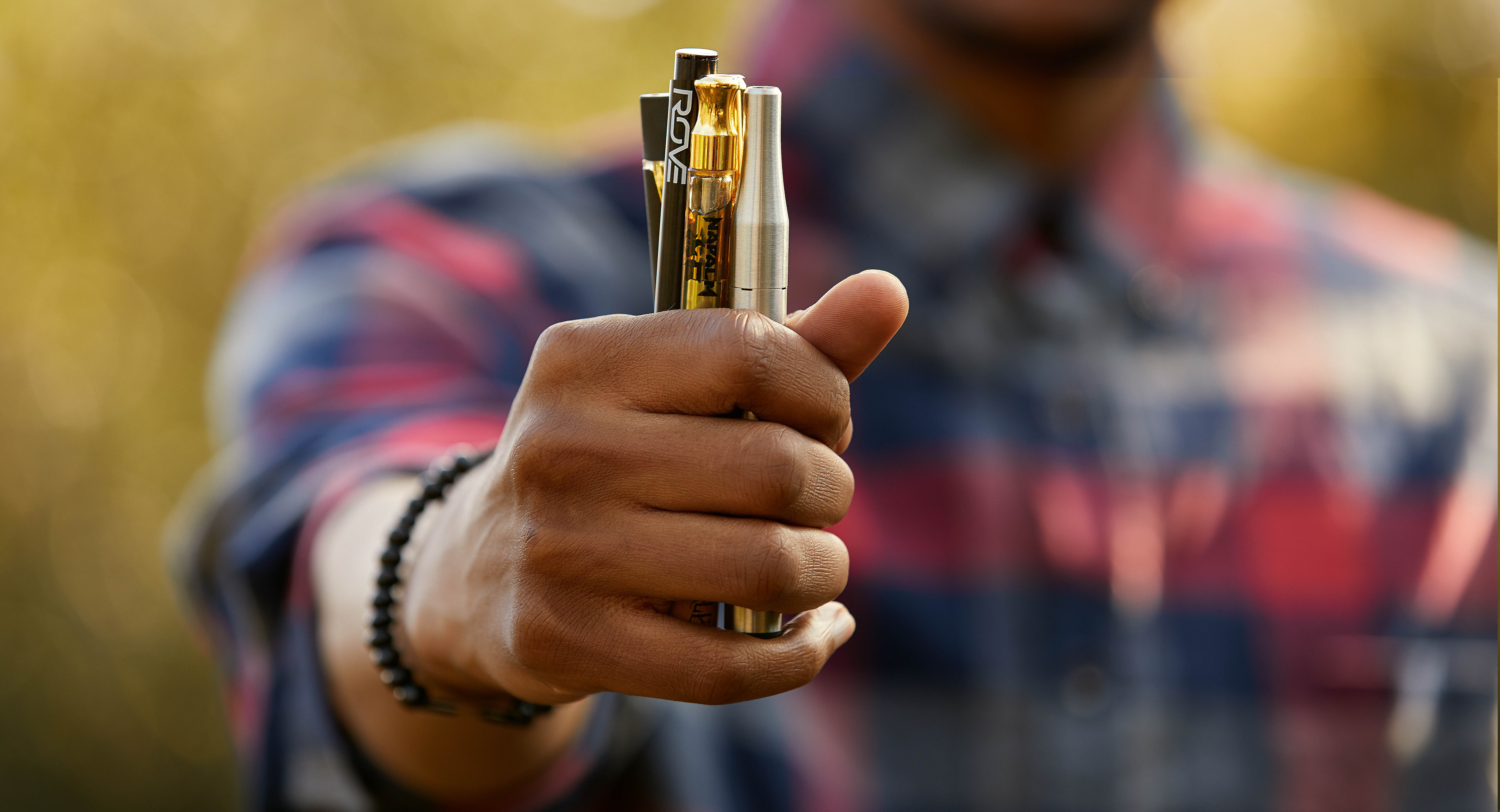The new year promises new cannabis regulations by Health Canada.
The cannabis industry got a sneak peek of the proposed regulations for extracts and edibles two days before they officially published in the Canadian Gazette on Dec. 22, 2018. A public consultation period is now open until Feb. 20, 2019.
As indicated in the Cannabis Act, which allowed nationwide adult-use sales to begin Oct. 17, 2018, extracts and edibles will be available to Canadians within a year from the legalization date.
“The positive impact of these proposed regulations to the industry cannot be understated — once these regulations come into force, companies will be able to manufacture cannabis products and utilize delivery methods that have historically only been available in Canada through illicit, unregulated sources,” Tom Ulanowski, President at Nextleaf Labs Ltd., wrote Weedmaps News in an email.
“Licensed companies will be able to specialize in cannabinoid-based products and formulations rather than solely dried cannabis and cannabis oils, and consumers will benefit from a diverse array of legal, quality-assured products.”
The benefit of a having a wider selection of products that are in high demand was echoed by Karina Lahnakoski, vice president of Quality and Regulatory for Cannabis Compliance Inc., a consulting firm that helps businesses with licensing and business planning.
“The key benefit of regulating extracts of course is the heavy consumer demand. Without this step there would be no way to displace the black market, which is one of Health Canada’s goals,” Lahnakoski wrote in an email to Weedmaps News. “We see the trend in cannabis user’s preferences shifting from flower to oils and less ‘obvious’ methods of using the product. Regulating extracts supports the consumer shifts in preference and the government’s high-level objectives.”
And while the inclusion of extracts and edibles is widely welcomed throughout the industry, there is no shortage of opinions regarding the proposed regulations, with several standout topics.
THC Limits Would Be Set Low — Very Low
There has been much criticism of the proposed 10 milligrams of THC limit per package of edibles due to concerns of wasteful packaging and the relatively low dose for some consumers.
Consumers who have a higher THC tolerance would be forced to purchase more packages of a product in order to access the larger dosages they may be accustomed to. The additional packaging and labeling are not only environmentally unfriendly, but add an additional cost to production that ultimately gets passed down to consumers.
“One major change I would like to see [in the regulations] is for the THC limit in edibles to be increased from 10 milligram per package, and allow for a package to contain multiple discrete units (perhaps up to 50 or 100 milligram THC),” Ulanowski said.
Courtland Sandover-Sly, a partner with Groundwork Consulting and president of the BC Independent Cannabis Association trade organization, is also concerned by the 10 milligram maximum.
“The tolerance of cannabis users varies wildly, and as someone on the high-end of the tolerance scale, I find that I need to eat over 200 milligrams to have the desired effect. While this makes me an outlier, it also means that I will need to eat 20 cookies (or brownies, gummies, etc.) in order to have that effect,” Sandover-Sly wrote Weedmaps News in an email. “Health Canada has created a situation where edibles will be useless to me and to a lot of the cannabis-experienced population.”
While there are certainly drawbacks to the proposed THC limit, Ryan Lee, Founder of Chimera Genetic Resource Management and Chemovar Corporation, points out some of the practical necessities to regulating dosing for new consumers.
In an impassioned Twitter thread, Lee wrote, “We have a moral and ethical responsibility to create products and dosing that encourages a positive experience. Single dose packaging may seem inconvenient to industry and users, but the purpose is to create an obvious barrier to overconsumption — So newbies don’t over-consume.”
We have a moral & ethical responsibility to create products & dosing that encourages a positive experience
Single dose packaging may seem inconvenient to industry & users, but the purpose is to create an obvious barrier to overconsumption. – so newbies don’t over-consume
— Ryan Lee (@ChimeraGenetics) January 4, 2019
“Remember regulations are about creating a system that protects the most vulnerable amongst us. Those without the experience to use a substance need safeguards. Edibles pose a unique challenge because one CAN over consume in such a way that creates a very negative experience.”
Health Canada has proposed a maximum THC potency limit for ingested and inhaled cannabis extracts as well as topicals at 1,000 milligrams per package, and maximum CBD content across cannabis products has not been limited.
Edibles Will Require Separate Buildings for Preparation
Specific to anyone looking to get into the edibles market, Health Canada has proposed a requirement for separate buildings for non-cannabis and cannabis-infused foods.
This potentially means that Canada’s largest food companies that were planning to enter the edibles industry may reconsider, given the unanticipated cost of having to build a separate facility for infused goods. Another option is to partner with a company that already has a cannabis-specific food processing plant.
“It’s a massive cost to the industry to have to build new buildings rather than use excess capacity” said Lahnakoski. “The requirement for separate buildings will greatly affect the industry.”
Conversely, Sandover-Sly sees this requirement as beneficial for leveling the playing field of opportunity.
While large companies may back out of the edibles market, those who have already been active in the industry and have stand-alone processing facilities for edible cannabis will have an advantage over their larger competitors that are established in other industries.
“This effectively bans the major food processors from jumping into the game whole-hog,” Sandover-Sly said.
Added Nutrients and Alcohol Would be Forbidden
Edibles and ingested extracts are prohibited from containing added vitamins, minerals, and alcohol, and limits would be placed on caffeine.
Inhaled extracts and concentrates cannot be mixed with nicotine, caffeine, sugar, colors, or sweeteners, although flavoring agents will be allowed.
“I am glad to see flavoring agents added as an option for extracts as current producers have already been doing ‘workarounds’ to introduce flavors, such as peppermint, to their oils. It is a needed step to allow production of products that are attractive to consumers as compared to the black-market products,” Lahnakoski said.

Canada legalized adult-use marijuana Oct. 17, 2018, but it did not permit consumption in the forms of edibles or extracts. The government’s health ministry has opened up regulations, such as where edibles can be produced and what nutrients cannot be added into extracts, for public scrutiny. The consultation period runs through Feb. 20, 2019.
Lahnakoski said that excluding ingredients such as caffeine and fatty acids from tobacco and vaping products “seems appropriate and consistent,” and believes these types of ingredients to be unnecessary to recreational products.
Furthermore, Lahnakoski said that ingredients in inhalable products need to comply with pharmacopeia, or officially permitted medicines, to ensure consumer safety.
“The pharmacopeia standards are already established and can protect consumers from inadequate materials that could be unsafe to be inhaled into the lungs,” Lahnakoski said. While these types of pharmacopeia-grade materials may ultimately be more expensive for producers, the end product will benefit from being made from materials from food and pharmaceutical suppliers.
Ulanowski agreed. New and more comprehensive regulations inherently lead to increased manufacturing costs and more hoops to jump through, but will ultimately allow for a greater diversity of available cannabis products which will benefit consumers and the industry.
“In general, I believe that the proposed regulations are quite comprehensive,” Ulanowski said. “And given the federal government’s deadline of amending the cannabis regulations to include these new cannabis product classes by October 2019, I do not suspect we will see major changes to the proposed regulations after the public consultation period.”











